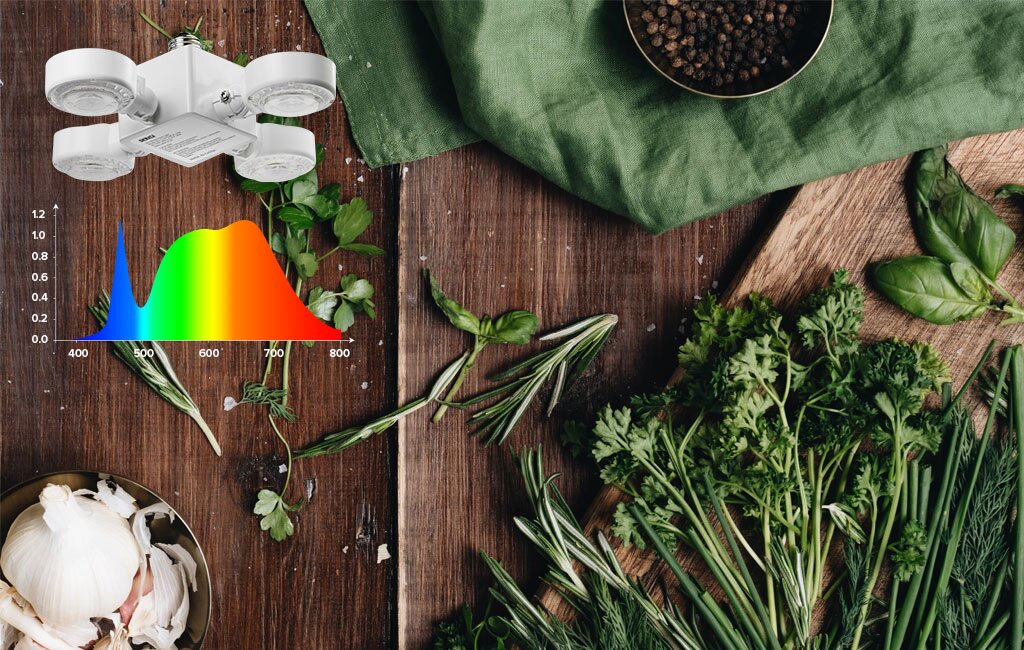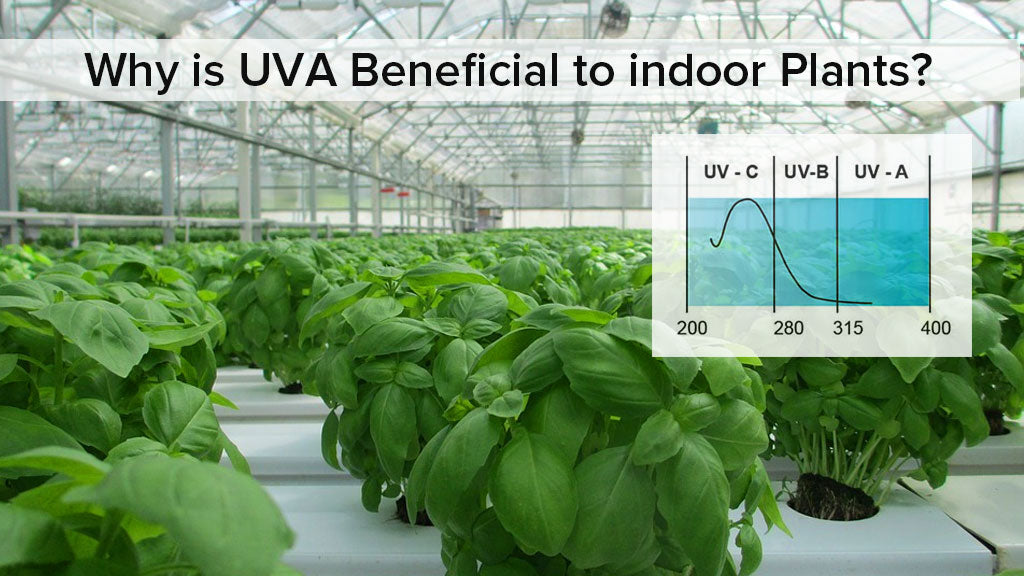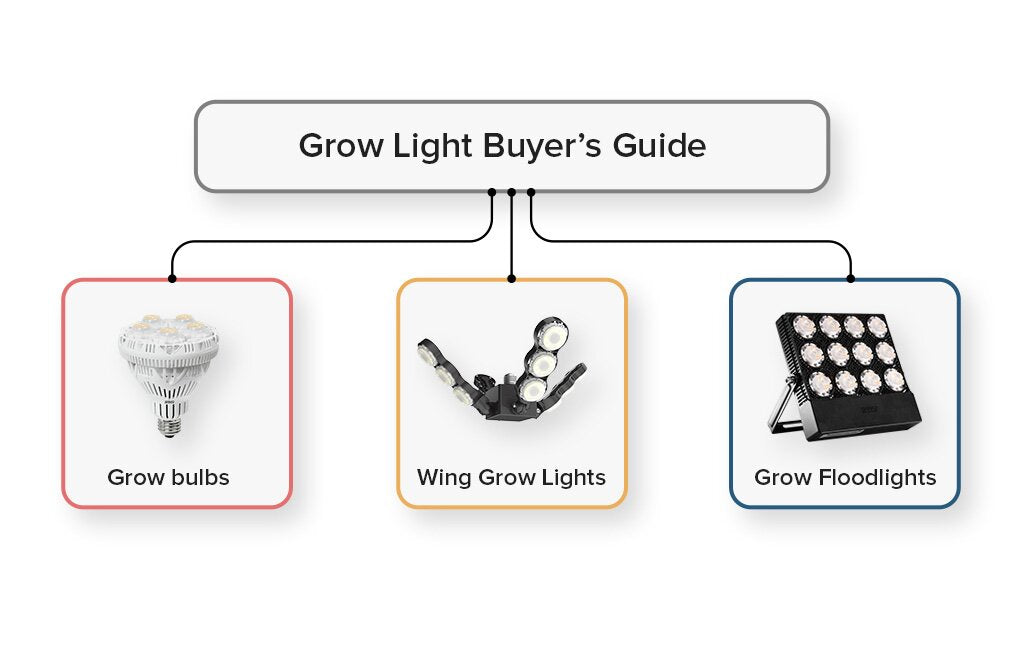Herbs are one of the most rewarding indoor plants to grow. Herbs flourish in sunny outdoor warm areas but for some of us through winter this is impossible to maintain. With the rise in gourmet home cooking and indoor farming, why not use modern advances to grow some of your own! Depending on the herbs you want and the yield you want to produce, will determine the amount of lighting you need. But in general, looking for a harvestable amount somewhere between 6-8 hours a day. Other variable such as distance of the light, number of watts etc are subject to the exact herb.
What Types of Herbs?

If you are going to try grow herbs for personal use it is good to decide which type of you want. Some of the most popular types of herbs for indoor grows are basil, mint chervil etc. Depending on how you want to grow the plants and from what phase can also be related to each herb. If temperature is a difficult variable to control for you the most common indoor herbs can be separated into two categories warm and cool herbs, for indoor grows.
Warm Herbs
If you’re able to control the temperature of your indoor environment these herbs will do better:
Thyme
Basil
Oregano
Cooler Herbs
If you live in a colder area and have no way of increasing or controlling the temperature these herbs may be more suitable:
Mint
Basil
Parsley
Dill
What is Best Type of Light?

In general herbs can tolerate a relatively high amount and intensity of light. Anywhere between 6-8 hours of intense sunlight is enough for herbs to thrive. Growing herbs under indoor LED grow lights the best way for herbs to grow indoors is under natural light. What is the best way to light herbs indoors? Applying full-spectrum grow lights at the suggested heights for the specific type of herb. Each herb has their specific lighting needs but some are relatively similar.
For example:
Basil, thyme and mint all have relatively similar lighting height requirements. 12-24 inches above the seed/ plant.
Rosemary is a very sensitive her preferring the light to be a much further distance away at around 48-72 inches above the plant with large spacing between each plant.
Once you’ve found the recommended heights for the specific herb you wish to grow, as the plant develops gradually move the light towards the plant in order to increase the intensity. During the seeding phase plants are most vulnerable to light damage and the light would need to be less intense. Once a plant is fully grown, they can take higher intensity light, whereby the light is closer.
Soil For Herbs

Soil, like lighting requirements, has to be herb specific. Not all herbs thrive in the same soil, so the best approach to have larger yields or producing better crops is to grow groups of herbs that have similar lighting and soil requirements. In general, herbs prefer moist and rich soil, with a PH level between 6-7. Herb’s roots need looser soil, in order for them to be able to move.
Watering Herbs
When planting herbs there are some watering conditions to take into account. The herbs natural habitat herbs such as: basil, Chives, cilantro etc would be more acclimatized to faster draining soil. If they are in areas with damp cold soil they could be affected significantly. The best approach is to let the soil be dry to touch before the next watering. Possibly with watering once a week to be cautious, if the weather becomes dry possibly twice per week.
What is the Best Indoor Grow Light For Herbs?
When it comes to artificial lighting for herbs full spectrum energy efficient lights are the answer. Due to the fact herbs require prolonged periods of natural daylight, along with well maintained soil and controlled watering. LED indoor grow lights are the best way to instigate, develop or supplement a herb’s growth. SANSI’s indoor 30W indoor grow light is one of the best indoor full spectrum lights for herbs or indoor plants.
Practical Performance

The 30W indoor wing light has been adapted from the garage wing light design into a specific full spectrum grow light. Using the 4 wings of the light, it can be adjusted in order to fit in with small, medium and large scale grows. This light has 2 stand out features the adjustable wings and its heat dissipation. The superior heat dissipation properties come from its use of ceramic heat sinks in combination with hollow wings of the light. Combining natural air convection with an active heat sink. The adjustable wings make this light far easier to install with an E26 base over plants inside corners or small spaces of the home in order to benefit herbs or plants best. When it comes to indoor plant lighting you need an adaptable, powerful light. SANSI’s 30W wing light does both of these while also saving costs!



